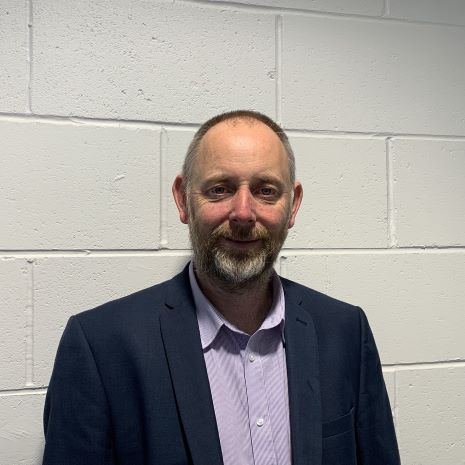
Our experts have strong interdisciplinary skills spanning biology, analytical chemistry and the computer sciences. We can provide advice from study conception and experimental design to data acquisition and data analysis to support your project.
Our facilities are available for University of Liverpool academic staff, researchers from other institutions, Government partners and industrial research partners.
What you'll receive from our facility
- We have developed metabolomics standard operating procedures and workflows that have been widely adopted by the metabolomics community
- Our expertise ranges from human, plant, environmental and microbial studies, to health and disease and to synthetic and evolutionary biology
- We provide a collaborative approach with support throughout your project, from study concept and experimental design and sample preparation to data acquisition, processing and analysis, and quality assurance
- In the untargeted metabolomics mode, metabolite annotation and identification is highly challenging and we cannot provide identifications for all using standard workflows. For metabolites that are key to understanding biological processes, we can work together to design and/or perform additional work to attempt to annotate important metabolites
- We are also able to offer support in grant applications (preliminary data analysis).
Mass spectrometry
In mass spectrometry, we currently perform:
- LC-MS, where we focus on reversed phase for the analysis of lipophilic species; this is performed on our Thermo Scientific Q Exactive, Orbitrap ID-X Tribrid and Orbitrap Exploris 240 or Agilent ion mobility MS system, for untargeted metabolite analysis
- LC-triple quadrupole systems from Thermo Scientifc, Agilent and SCIEX, which are dedicated for the quantification of target metabolites
- An acoustic ejection based interface from SCIEX (Echo MS) linked to a triple quadrupole for high throughput targeted analyses
- For the analysis of polar non-volatile metabolites we apply GC-MS using Agilent GC-Q-ToF and LECO Pegasus BT GC x GC-ToF MS incorporating just in time derisatization (methoximation and silylation)
- For the analysis of volatile organic compounds (VOCs) an Agilent GC-Q-ToF MS system with Markes Thermal Desorption is applied.
Raman and infrared spectroscopy
For raman and infrared analysis of tissues and single cells, we employ:
- Spontaneous Raman with 785 nm excitation on our Renishaw inVia system
- Coherent Raman methods including CARS (coherent anti-Stokes Raman scattering) and SRS (stimulated Raman scattering) for imaging specific vibrations on our Leica multipurpose microscope system
- Optical photothermal infrared spectroscopy on a mIRage, from Photothermal Spectroscopy Corporation, which is capable of an imaging resolution of 500 nm, and is combined with spontaneous Raman with 532 nm excitation
- In addition, we have a number of handheld and portable Raman systems and spatially offset Raman spectroscopy (SORS) systems for through barrier analysis.




